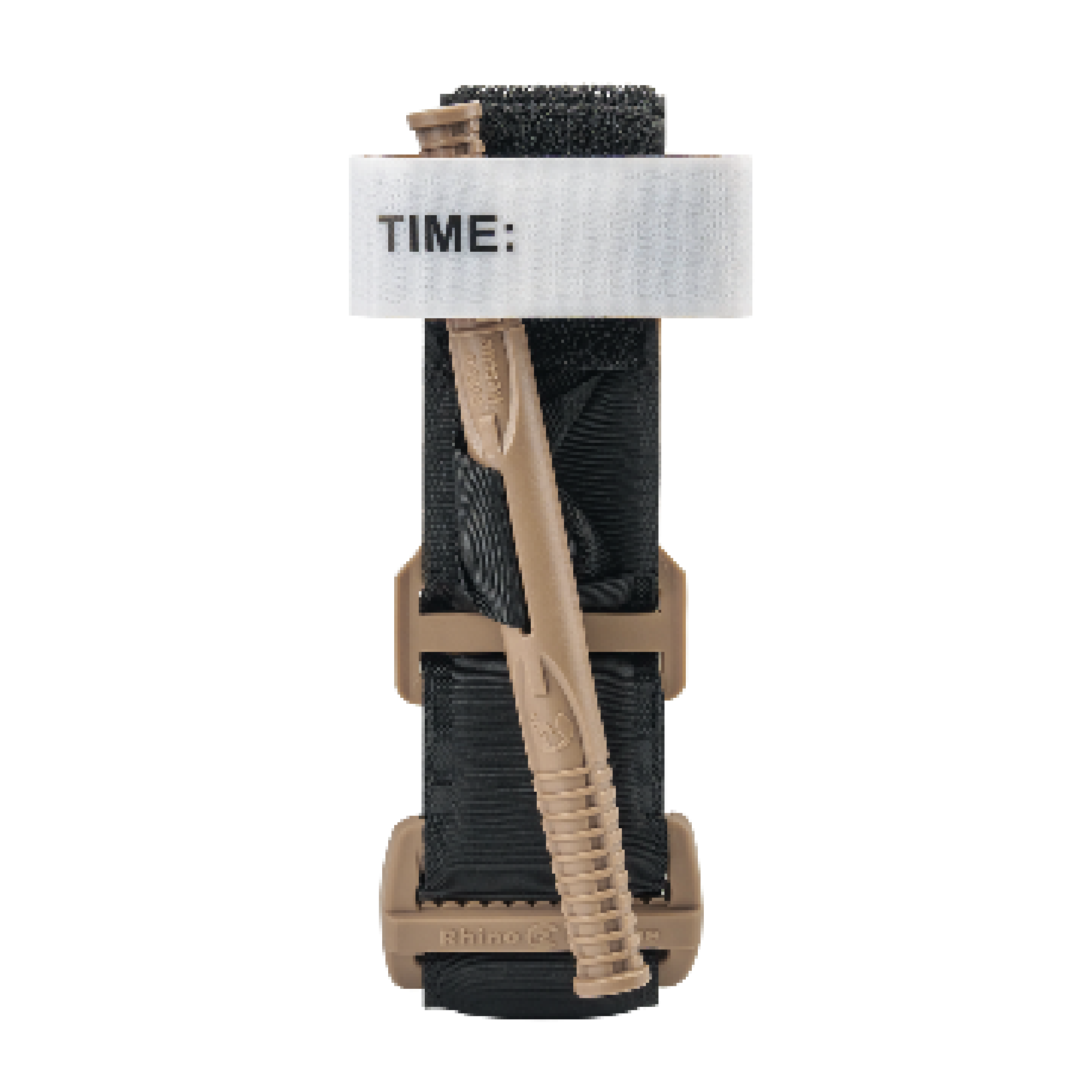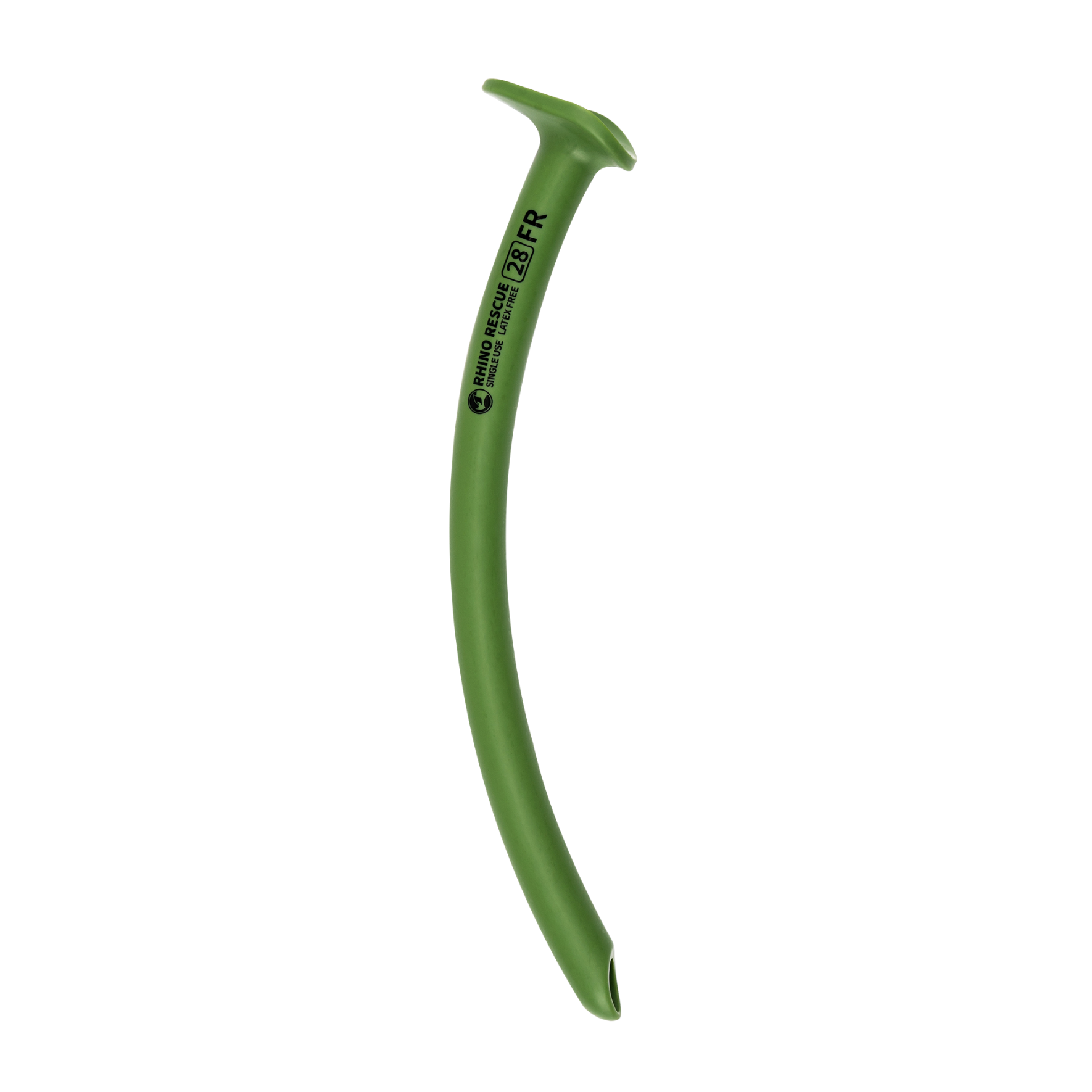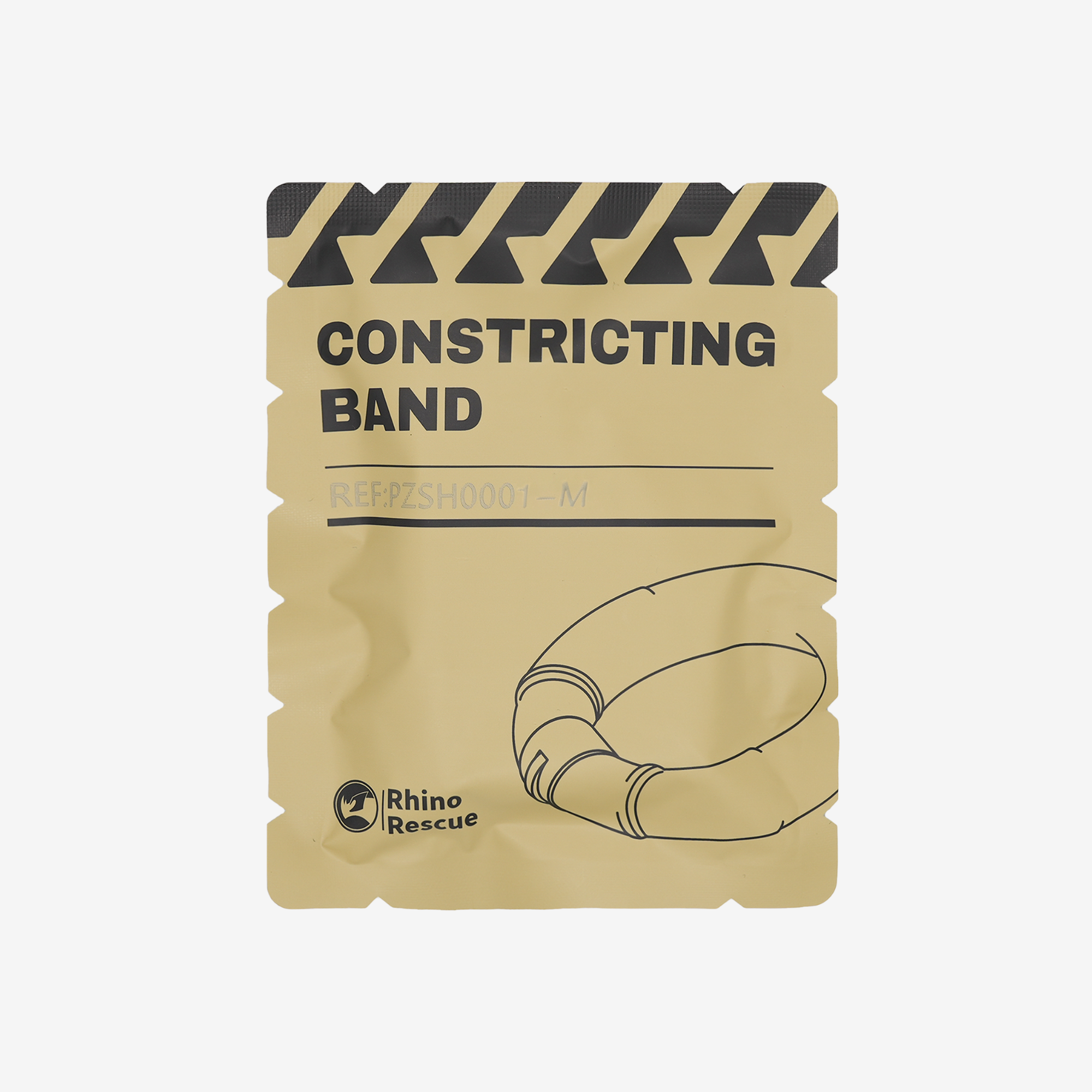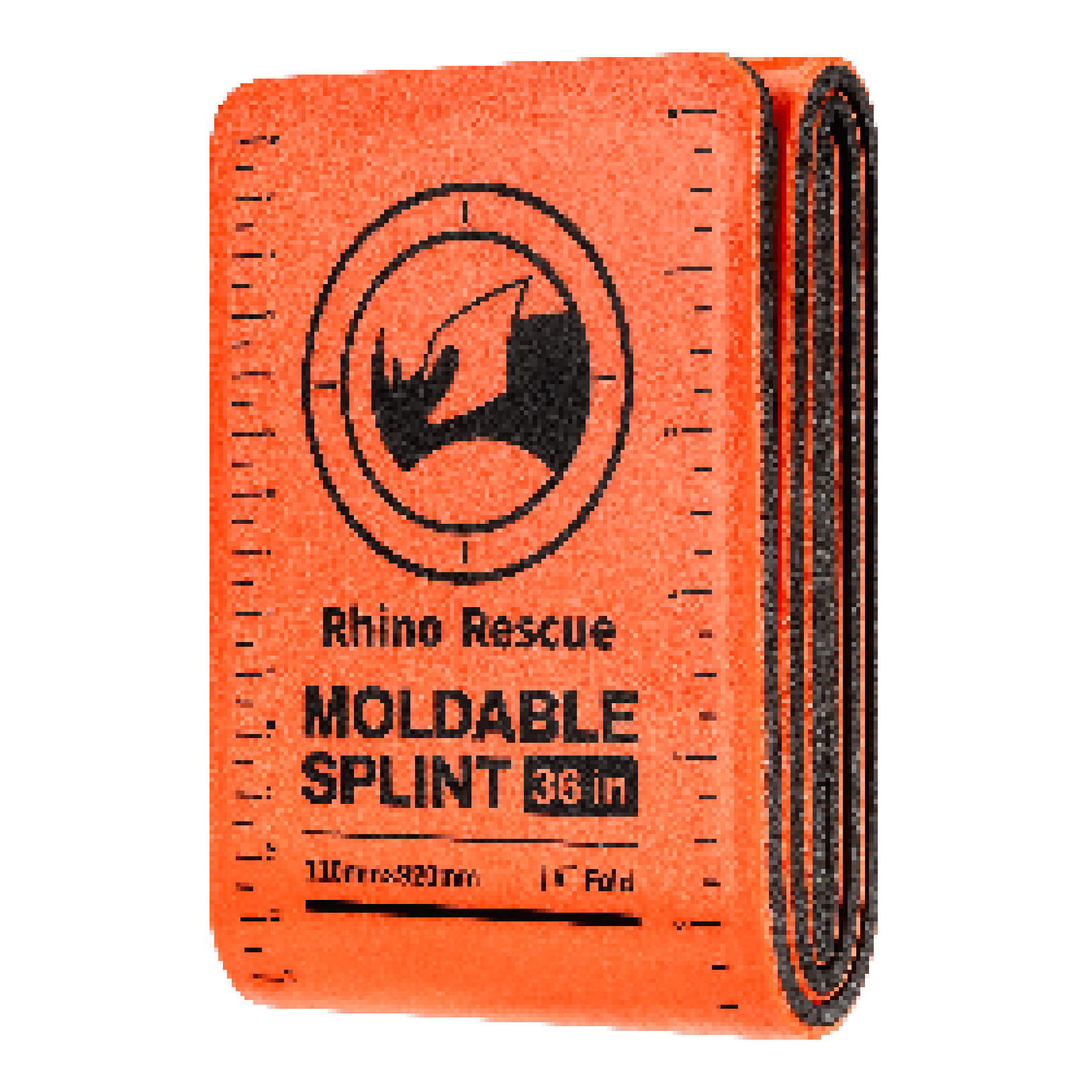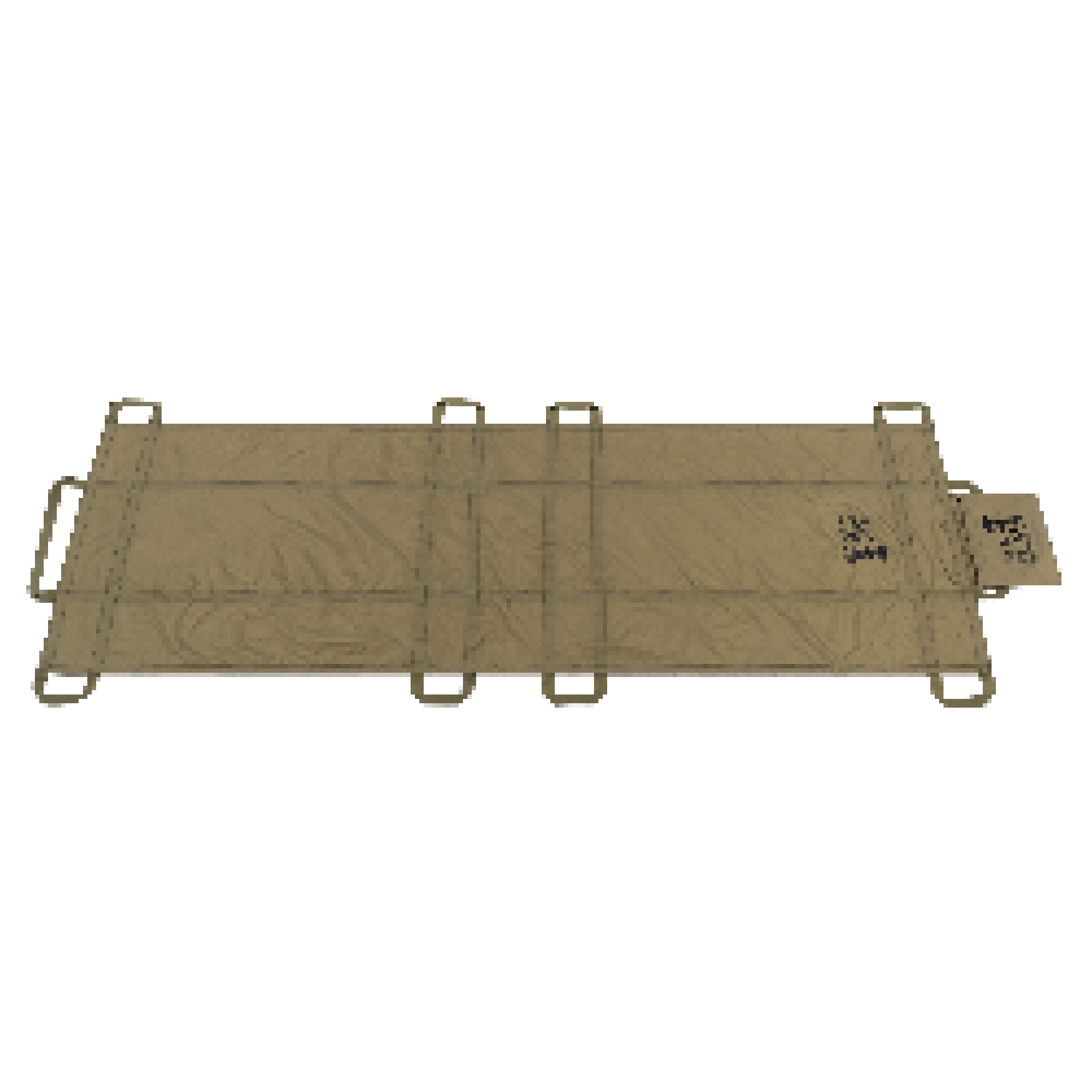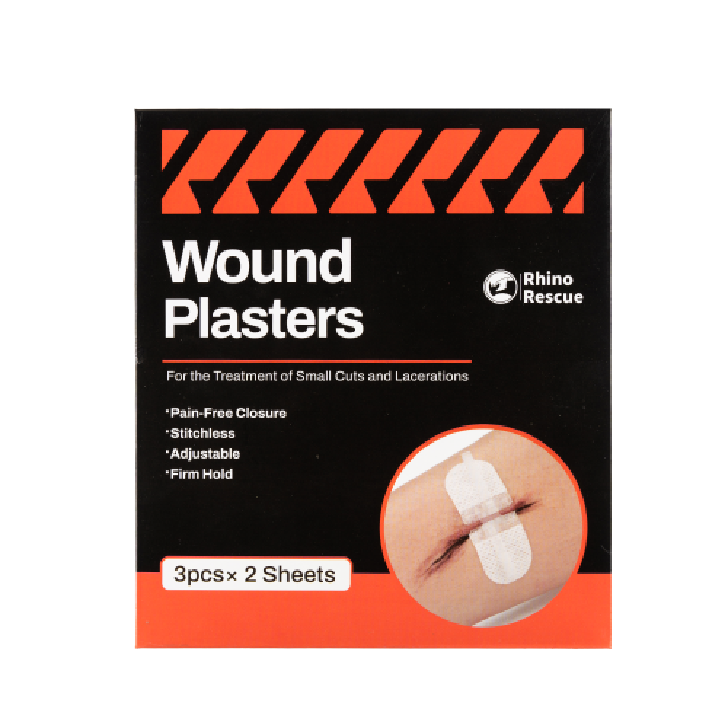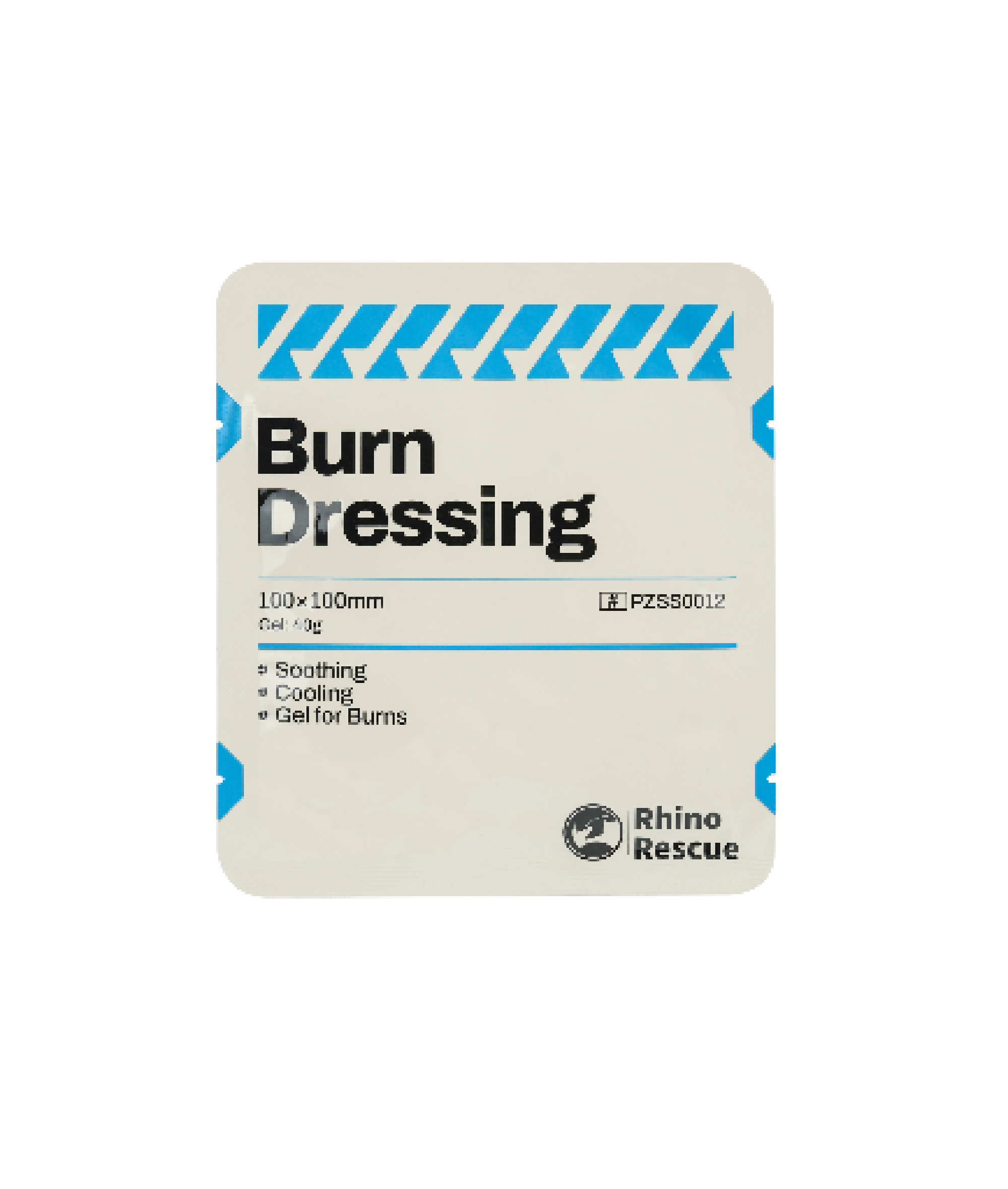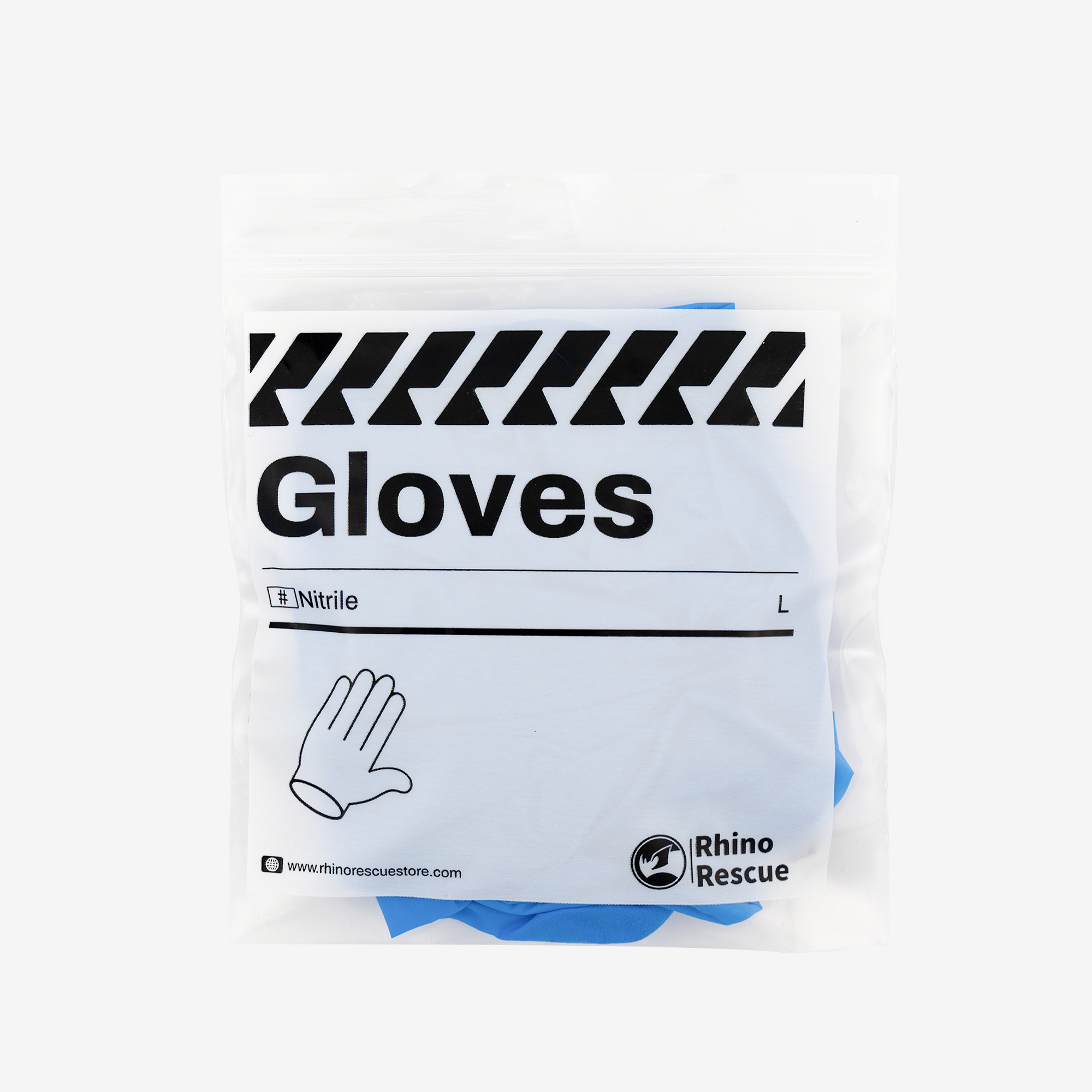Laceration vs. Abrasion: A Tactical Guide to Wound Care
In situations where injury occurs, the initial moments are critical. A clear understanding of the wound type at hand—whether a laceration or an abrasion—informs your immediate actions and can significantly influence the outcome. This guide aims to equip you with the knowledge to identify these common injuries accurately and to apply basic first aid, ensuring you are prepared when it matters most. Understanding these types of injuries can make all the difference.
The Key Differences: Identifying Your Wound Instantly
The first step in successful first aid is to determine the type of injury that you or another person have suffered. In the absence of this differentiation, the further steps can be inappropriate or inadequate. Although both types of wounds are characterized by damaged skin, lacerations and abrasions are very different in their nature, cause, and direct impact on care. Understanding these defining characteristics of lacerations and abrasions enables a response to be timely and accurate.
An abrasion is essentially a superficial injury. It is caused by rubbing or scraping the skin against an abrasive surface, resulting in a partial-thickness wound in which the top layer of skin (epidermis and in some cases, the superficial dermis) is worn off. Imagine a bike ride accident resulting in a road rash or a playground incident resulting in a scraped knee. This is often referred to as a friction burn.
A laceration, on the contrary, is a more serious, violent injury. It is a cut or a tear in the skin and sometimes the tissues beneath the skin, which is brought about by a sharp object (intentional cuts being one example) or a blunt trauma that hits the skin and tears it open. The lacerations may cut through the epidermis, dermis, subcutaneous fat and even muscle or bone, depending on the intensity of the causative agent or object. You might also encounter corneal abrasion in the eye, though our focus here is on skin.
Consider the following table for a clear distinction:
| Feature |
Abrasion |
Laceration |
| Cause |
Friction, scraping against a rough surface |
Sharp object (cut) or blunt force (tear/split) |
| Depth |
Superficial; epidermis, superficial dermis |
Full-thickness; epidermis, dermis, often deeper |
| Appearance |
Irregular, reddened, oozing; often gritty |
Linear or jagged edges; deep opening |
| Edges |
Diffuse, indistinct |
Clear, often separated or gaping |
| Bleeding |
Minor oozing, capillary bleeding |
Can range from minor to heavy, arterial bleeding |
| Pain Level |
Often sharp, stinging due to exposed nerve endings |
Can be sharp, throbbing; varies with depth |
| Contamination |
High risk of embedded debris |
Risk of deep contamination |
Understanding these distinctions is not merely academic; it directly influences the urgency and type of first aid required. A gritty abrasion demands thorough cleaning to prevent infection, while a deep laceration necessitates immediate attention to control bleeding and assess for deeper tissue damage. This initial assessment, performed accurately, is the first critical step in effective wound management.
Your Immediate Action Plan for Any Wound
As soon as you have determined the kind of wound, your first reaction is the most important. Whether it is an abrasion or a laceration, a systematic approach to first aid can help to avoid risk of complications and facilitate healing. This section presents a step-by-step action plan that is clear and is meant to be applied quickly and effectively, ensuring proper treatment from the first place.
Step 1: Stop the Bleeding.
This is usually the first priority, especially in lacerations.
-
In case of minor oozing (abrasions): Light pressure using a clean cloth or gauze is normally adequate.
-
In the case of active bleeding (lacerations): Direct, firm pressure on the wound with a clean pad or sterile dressing. Keep the pressure constant at least 5-10 minutes without checking whether the bleeding is stopped. When blood soaks through, add more material on top and carry on with pressure. Raising the injured limb above the heart may also aid in reducing blood flow. In case of severe bleeding or spurting, it is important to seek immediate professional medical attention, and more advanced methods such as the use of tourniquets might be required (but only attempt it when trained for hemostatic control).
Step 2: Clean the Area.
Infection is also a major risk in abrasions as well as lacerations and this can be prevented by wound cleaning.
-
Wash your hands: You should always begin with washing your hands with a lot of soap and water or alcohol-based hand sanitizer.
-
Rinse the wound: Rinse the wound with cool or lukewarm running water several minutes. This assists in loosening dirt, debris and bacteria. Use no harsh soaps, hydrogen peroxide or iodine, which may destroy normal tissue. Around the edges of the wounds, mild soap is fine, but not in the wound itself.
-
Cleanse the wound (where necessary): In case of abrasions, sterilized tweezers (cleaned with rubbing alcohol) should be used to cleanse the wound surface, carefully removing any visible dirt, gravel or splinters. Do not dig deep. In case of deep embedded or widespread debris, consult medical assistance.
Step 3: Evaluate the Loss and Get Ready to be covered.
Once cleaned, a brief examination can be used to identify the next course of action, such as whether or not professional medical care is necessary.
-
Check depth and edges: In case of lacerations, observe whether the edges are open, whether you can see yellowish fat, muscle or bone. These are signs of an underlying injury. In the case of abrasions, examine the size and any places where the skin is totally removed.
-
Use antiseptic/antibiotic: When clean, apply a thin layer of antiseptic or antibiotic ointment (e.g., Neosporin, Polysporin) to the wound. This assists in maintaining the wound wet and also prevents infection.
-
Dress the wound: Apply a sterile bandage, gauze pad, or adhesive dressing. The cover must be big enough to cover the wound fully without coming in direct contact with the injured part. Dressing Change the dressing every day, or more frequently when it gets wet or dirty. Covering a wound and keeping it moist has been found to heal faster and scar less than when it is left to air out.
These steps taken in a systematic manner offer a strong first response. This methodical process makes sure that such important measures as bleeding control and infection prevention are taken care of, which preconditions the correct healing.
Why the Right Tools Are Your First Defense
First aid in an emergency depends solely on the availability of the appropriate sterile supplies at hand. Using improvised methods, such as paper towels or random cloths, can lead to the introduction of bacteria, wound contamination and aggravation of the situation. Makeshift techniques are not sterile and structurally sound to handle wounds.
Here preparation is met with action. An ordinary pack of bandages is insufficient in the presence of a deep cut or a big, dirty abrasion. During such occasions, a professional tactical first aid kit of Rhinorescue is designed. Our kits are not merely a bundle of supplies, but scenario-based systems that are created to respond quickly and effectively. You can find what you need in seconds, not minutes, with clearly marked modules and quality components, which is essential when you are under pressure.
The experience of 14 years is the foundation of the commitment of Rhinorescue, which provides products to the world and to such large events as FIFA World Cup. We have collaborated with the International Red Cross and supplied the military and police forces with customized IFAKs, which confirms our professional-level reliability. Our products are certified under EU CE, US FDA and ISO standards, which are a testament to our commitment to quality.
The design of Rhinorescue is more practical. We have a wide range of hiking, camping, vehicle, and everyday carry kits that guarantee a one-pack-fits-all solution. Even non-medical users can easily and quickly access our contents with intuitive features such as colored pull-rings and icon guides. As an illustration, our high capacity, modular designs imply that necessary items can be found within one minute in multi-person situations, which is a time-saving factor. This commitment to intuitive, quality and durable solutions makes Rhinorescue kits an inseparable component of your initial defense.
Closing the Gap: Stitches, Glue, or Wound Closures?
Wound closure is the next important factor to consider on deeper cuts once significant bleeding is controlled and the wound is cleansed. The aim of wound closure is two-fold: to help the wound heal faster through the unification of the skin edges and to reduce scarring and avoid further contamination. In case of deeper wounds, the traditional technique is the use of sutures (stitches), which are done by a medical expert or healthcare provider. Another alternative is surgical adhesive (medical glue), which is mostly used on smaller cuts that are not strained.
But in the case of clean, straight cuts that do not necessarily necessitate an emergency care visit, modern wound closure kits can become a revolutionary element of your first aid plan. Such kits as the advanced ones contained in Rhinorescue kits enable individuals to become active participants in the management of their injuries outside of a clinical environment. For shallow lacerations, these can be particularly effective.
The wound closure solutions offered by Rhinorescue are special adhesive strips that are meant to approximate the edges of a cut. These strips operate by simply tugging the skin together, which simulates the effect of stitches, without the use of needles and the medical training required. The approach has a number of benefits:
-
Reduced Scarring: These strips are used to reduce the size and the visibility of the scars by holding the edges of the wound together, which leads to a more attractive appearance.
-
Infection Protection: A wound that is securely closed is a physical barrier to external contaminants and this reduces the risk of infection significantly.
-
Convenience and Accessibility: The presence of a wound closure kit will allow you to treat some laceration as soon as possible, which is essential in isolated locations or when you cannot access medical services immediately. This is in line with our mission of offering portable solutions such as the Firefly series that weighs just 210g, which can be forgotten until it is required.
-
Intuitive Design: Rhinorescue kits are engineered with user-friendly features such as colored pull-rings, icon guides, and anyone with no prior first aid experience can successfully apply components such as wound closures in a few seconds. Our anti-misoperation design principles have been proven by 12-year-olds who have been able to perform simulated hemostasis in 40 seconds at ISPO events.
With this tool at your disposal, your first aid will be more than just cleaning and covering, it will be wound management. Although wound closure strips cannot replace professional medical care in the case of deep, gaping or heavily contaminated lacerations, they are a major step forward in enabling people to handle less serious cuts with confidence and competence. They are also a good illustration of how Rhinorescue has been determined to offer complete, scene-based, all-in-one solutions that will ease the pressure on zero-selection among consumers.
Red Flags: When to See a Doctor Immediately
Though abrasions and minor injuries can be treated at home with effective first aid, it is important to understand when a wound requires the attention of a professional medical practitioner. Severe symptoms or deep injuries should not be ignored as they may cause serious complications such as severe infection, permanent nerve damage, or severe scarring. These are the most important red flags that one should know in order to prioritize safety. In the event of an accident, knowing these can guide you to prompt medical attention.
Call an ambulance in case you notice any of the following:
-
Uncontrolled Bleeding: When 10-15 minutes of direct pressure does not prevent the bleeding, or when the blood is spurting, professional assistance is needed. This can be a sign of a ruptured artery or vein which requires surgery.
-
Deep or Gaping Wounds: When the cut is so deep that it exposes yellow fatty tissue, muscle, bone or tendons, or the edges of the wound cannot easily be brought together, stitches or other professional closure techniques are probably required.
-
Wounds on Critical Areas: Cuts on the face, neck, genitals, or over a joint (particularly when the joint is not functioning) should be evaluated by the medical professional because of functional and cosmetic issues. Injuries around the eyes may also be very risky.
-
Infection of Wounds with Deep Debris: In case of an abrasion or laceration that is heavily contaminated with dirt, gravel, glass, or other foreign bodies that cannot be easily removed, a medical practitioner may thoroughly irrigate and debride the wound.
-
Infection: Infection may develop despite early treatment, and to watch out, pain increases, swelling, redness spreading around the wound, warmth around the wound, pus in the wound, or fever. These are symptoms that should be reviewed by a physician.
-
Animal or Human Bites: Animal and human bites are highly risky in terms of infection because of the bacteria that are present in mouths and saliva. They are also dangerous in terms of rabies (bites of animals) and certain infections, and must be always checked by a physician.
-
Puncture Wounds: Wounds that are inflicted by sharp and pointed objects (e.g., nails, ice picks) may be misleading. Although small in appearance, they may be deep and penetrate bacteria deep into the tissue causing severe infections.
-
Sensation or Movement Loss: When you lose sensation or movement in a limb or digit below the wound, it could be a sign of nerve or tendon injury that needs professional evaluation.
-
Underlying Medical Conditions: Diabetics, people with weakened immune systems, and those on blood thinners may have slower healing and increased risk of infection, and should consult a doctor even over the smallest of wounds.
-
Risk of Tetanus: In case the wound is dirty or deep and you have not had a tetanus booster shot within the last five years (or you are not sure whether you have had one), see a doctor to get a booster.
Being aware of these red flags is a key element of responsible wound care. Always be on the safe side and consult a professional medical practitioner when in doubt.
Common Wound Care Mistakes That Cause Infection
Successful proper wound care is usually what you do and what you do not do. Even with the best intentions, there are a number of pitfalls that may hinder the healing process, raise the chances of infection, and result in poor outcomes. It is as important to avoid these pitfalls as it is to use proper treatment.
1. Direct Application of Harsh Antiseptics into the Wound: Although cleaning is necessary, harsh substances such as hydrogen peroxide, iodine, or rubbing alcohol may harm normal skin cells (fibroblasts and epithelial cells) that are attempting to repair the wound. They may also be irritating and slow down the healing process. Continue with mild rinsing with clean water and mild soap around the wound.
2. Airing Wounds: The ancient saying that wounds must breathe to heal is long since forgotten. Recent studies in wound care show that maintaining a wound wet and covered with a sterile dressing in fact enhances faster healing, less scarring and no scabs (which can harbor bacteria). A humid condition promotes cell movement and tissue regeneration.
3. Overlooking Deep or Embedded Debris: In the case of abrasions, small particles of dirt, glass or gravel may become embedded into the skin. Unless carefully cleaned, they may cause so-called traumatic tattooing (permanent discoloration) and, more to the point, infection. Although you can scrape off the surface debris, do not excavate. When it is deep, get professional assistance.
4. Picking at Scabs: Scabs are the natural bandage of the body, however, picking at them may reopen the wound, expose it to bacteria and predispose it to infection and scarring. Let scabs come off naturally and the skin beneath heals.
5. Failure to Change Dressings Frequently: A wet, dirty, or saturated dressing that is full of wound fluid is no longer protective and may serve as a breeding ground for bacteria. Change dressings at least once a day, or more often, as necessary, to ensure a clean, sterile environment.
6. Failure to check Tetanus Vaccination Status: In all open wounds, particularly dirty wounds, or wounds caused by a rusty object, it is important to check your tetanus vaccination status. Tetanus is a severe bacterial infection that may get into the body via cuts. If your last booster was over five years ago or you are not sure, then see a doctor.
7. Over-Bandaging or Under-Bandaging: A bandage that is too tight will limit the amount of blood flowing into the wound, whereas a loose bandage will not keep the wound safe. Make sure that the dressing is tight enough to hold in place but not tight enough to cause numbness or tingling. The dressing must also go beyond the edges of the wound.
8. Ignoring Signs of Infection: The most serious error is ignoring the initial signs of infection. If you observe more pain, redness, swelling, warmth, pus, or fever, do not self-treat using additional home remedies. These are symptoms that require urgent medical care.
These are some of the most frequent errors that can be prevented by learning about them and ensuring that you can make your wound care efforts much more effective, ensuring that the healing process will be faster and cleaner and that the chances of complications will be minimized.
Monitoring the Healing Process Day by Day
The process of healing an injury is an amazing biological process. Learning the wound healing stages and what to expect on a daily basis can be reassuring and will enable you to notice any deviations that may need the attention of a professional. The healing process is usually divided into a number of overlapping stages: inflammation, proliferation, and remodeling.
Day 1-3: The Inflammatory Phase
The inflammatory response is triggered by the body immediately after injury.
-
What to expect: The wound area will be red, swollen, and warm, and you might experience some mild pain. This is a natural and required process of healing since the body directs blood, immune cells and nutrients to the area. The wound may have some clear or slightly yellowish fluid (exudate) coming out of the wound.
-
What to watch: Make sure that the redness and swelling are confined and not diffusing quickly. Exudate is clear or light yellow; green or thick, foul-smelling pus is an indicator of infection.
Day 3-14: The Proliferative Phase
New tissues start developing at this stage.
-
What to expect: You may observe the beginning of new, pink or red tissue (granulation tissue) filling the wound bed. This tissue is delicate and it means that the body is forming new capillaries and connective tissue. The wound can begin to shrink, drawing the sides inwards. In the case of abrasions, a scab may develop and drop off exposing new skin. In the case of lacerations, the edges of the wound must be left in approximation.
-
What to watch: The wound must be reduced in size. Monitor any color changes, tenderness, or heavy discharge that may be indicative of complications or infection.
Week 2 to a Few Months (or More): The Remodeling Phase.
It is the most prolonged period during which the new tissue becomes strong and flexible.
-
What to expect: The new skin will at first be pink or reddish and can be raised or itchy. With time, it will slowly flatten and fade to a more similar color to your natural skin tone. The healed tissue becomes stronger but it might never be as strong as the original skin.
-
What to watch: Be patient; a scar may take as long as a year or longer to completely heal. Keep the new skin out of the sun (UV rays can permanently discolour it) and keep it hydrated. If a scar is raised too much, painful, or unnaturally discolored, you may visit a dermatologist.
Good hygiene and prevention of additional injury to the wound are the most important throughout all the stages. In case at any stage the wound seems to be retrogressive, new or increasing pains occur, or any of the red flags described above are observed, do not hesitate to consult a professional medical expert. One of the factors that will guarantee a healthy and full recovery is your observant efforts.



